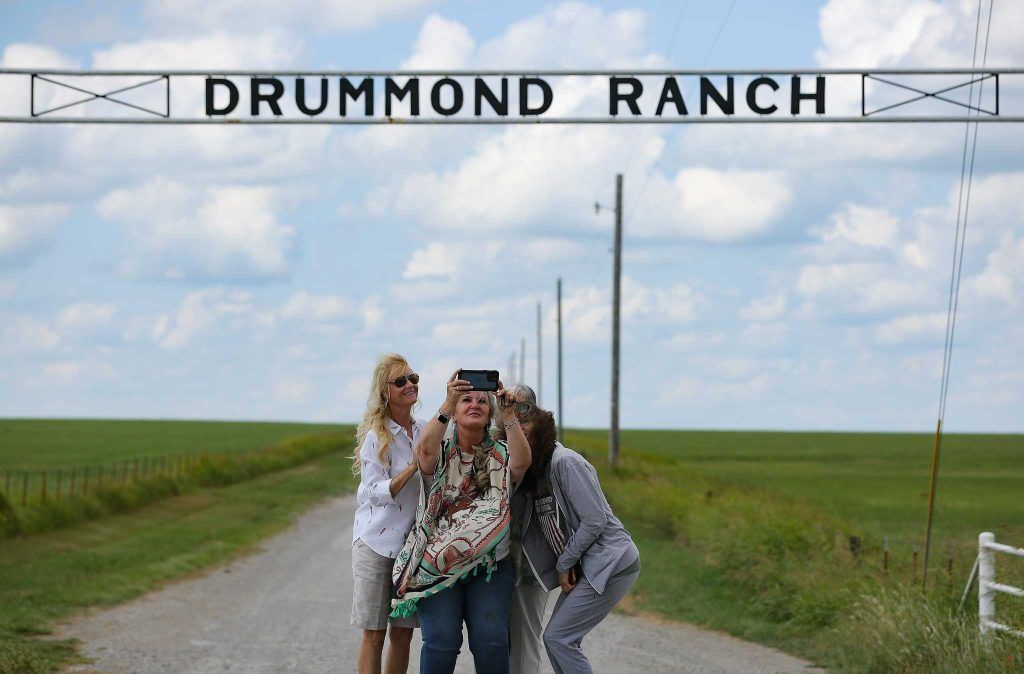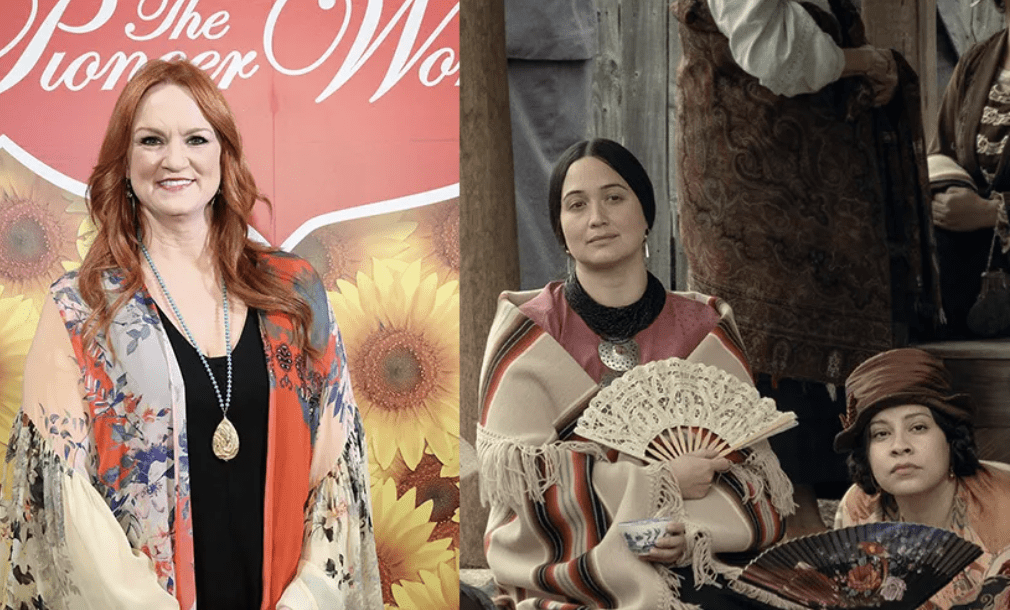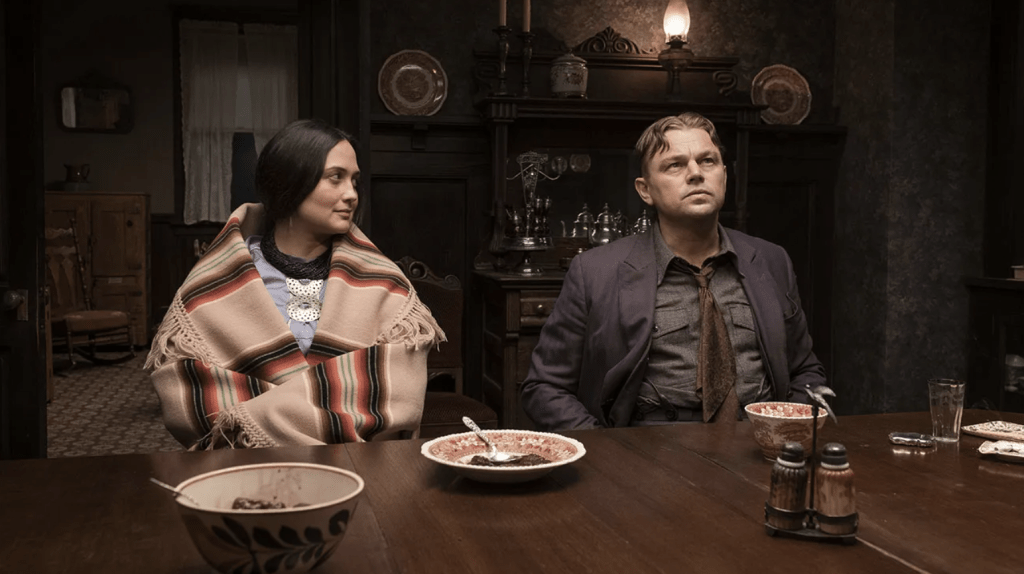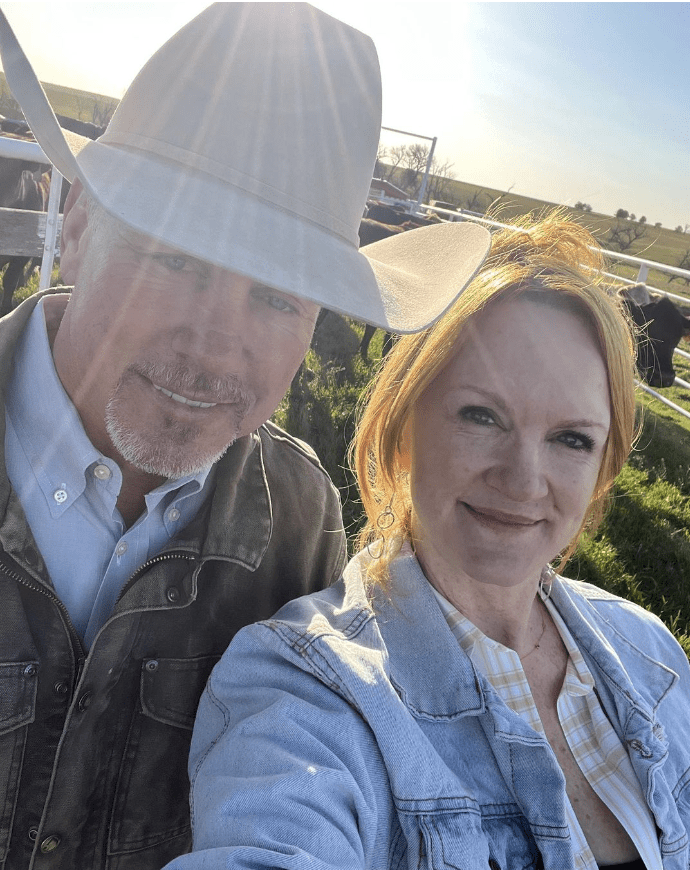True Story of the Pioneer Woman’s Link to Murder, Stolen Indian Land and Blood Money

True Story of the Pioneer Woman’s Link to Murder, Stolen Indian Land and Blood Money
Ree Drummond, widely known as The Pioneer Woman, has long been associated with putting Pawhuska, Oklahoma, on the map through her successful farm lifestyle brand. However, the 2023 film, “Killers of the Flower Moon,” has shifted the spotlight to the darker history surrounding the Drummond family’s land.

In a statement posted on social media, Drummond shared insights into the forthcoming film, inadvertently bringing to light aspects of her family’s past that have been largely overshadowed. The revelation has sparked curiosity and discussions surrounding the historical context of the Drummond estate in Pawhuska.

The Martin Scorsese and Leonardo DiCaprio film “Killers of the Flower Moon,” adapted from David Grann’s best seller, has reignited fascination in the Osage “Reign of Terror.” This period saw numerous Osage people brutally murdered for their oil-rich land during the early 20th century.

Amid this turbulent era, the Drummond family entered the picture, building their wealth through dealings with the Osage and acquiring vast stretches of land. Their acquisitions eventually propelled them into the ranks of the top 100 landowners in the country.
How the Pioneer Woman’s Family Acquired Osage Land
Ree Drummond is married to Ladd Drummond, who represents the fourth generation of the Drummond family. Interestingly, Ladd Drummond shares a familial connection as second cousins with Gentner Drummond, the Attorney General of Oklahoma.

According to Bloomberg reports, the Drummond family holds the distinction of being the largest landholder in Osage County. This fact was further explored in a comprehensive podcast produced by Bloomberg, based on interviews between biographer Terry Hammons and Jack Drummond. Jack, who is one of the sons of the first Oklahoma Drummond, Frederick, delved into the family’s history, tracing back to their roots in Scotland, where Frederick immigrated from in the 1880s.

Upon scrutinizing financial records, interview transcripts, and government reports, Bloomberg uncovered that the Drummond patriarchs accumulated vast tracts of land by leveraging profits from dealings with the Osage, or by securing loans from them.

Moreover, Bloomberg’s investigation revealed that the Drummond family’s acquisition tactics often pushed the boundaries of legality, even by the standards of that era. Their business practices, as reported by Bloomberg, occasionally skirted the line of what was considered acceptable within the legal framework of the time.
“They were put in charge of Osage families’ finances, borrowed from Osage estates, probated Osage wills, and collected on debts that they claimed as owners of a government-licensed store,” according to Bloomberg. “They bought headright fractions, even as they lobbied for the headright system to be abolished. And they bought land. Lots of it.”

A headright refers to the entitlement to receive royalties from subsurface minerals. Originating from a system established by the federal government, headrights were designed to guarantee that the Osage people received equitable compensation for the oil extracted from their allotted lands.
Although land could be sold, a headright could solely be transferred to the legal heir of the allotted Osage tribal member. This restriction led to numerous murders as individuals sought to acquire the headrights of the deceased.

In the early 1900s, Bloomberg’s interviews revealed that the Drummond family ran a store where Osage individuals were consistently charged higher prices for goods.
Additionally, the Drummond family served as undertakers for numerous Osage individuals upon their passing, which also generated revenue for their store.
“The Hominy Trading Co. and other stores operated as undertakers,” according to Bloomberg. “The cost would be presented as a claim on a person’s estate. Many times, the person responsible for vetting that claim was one of the Drummond brothers. They would be able to approve claims from their own store and collect a significant fee for doing so.”
However, Bloomberg reported that the ledgers available in public archives lack the level of detail needed to scrutinize individual transactions thoroughly. Despite this, Gentner Drummond asserts that he has reviewed these records and has not observed any indications of exploitation.

In 1925, Jack Drummond purchased half of a headright from OV Pope, a white man who had inherited 1.5 headrights from his Osage wife, for a significant sum of $20,050, equivalent to nearly $340,000 in today’s currency. Three years later, he acquired a quarter of a headright for $11,250.
Although Bourne didn’t recognize it initially, the information is available. Rachel Adams-Heard’s 2022 Bloomberg podcast series, “In Trust,” revealed that the influential Drummond extended family, which encompasses Ree Drummond’s husband, Ladd, and Oklahoma Attorney General Gentner Drummond, possesses approximately 9% of the land in Osage County. This land was previously owned by the Osage tribe and is estimated to be worth around $275 million.

At a certain juncture, the Drummond family’s holdings encompassed land that had previously belonged to William K. Hale. Hale, portrayed by Robert DeNiro in “Killers of the Flower Moon,” was among the three individuals charged in the Reign of Terror homicides. According to federal officials, this violent period resulted in the loss of “at least two dozen” Osage lives between 1921 and 1926, although many in the community suspect the actual body count to be considerably higher. (Hale was convicted of murder and handed a life sentence, but he was later released on parole.)
“In the grand scheme of things, it was essentially a swindle,” asserts Michael Snyder, a professor at Oklahoma State University and author of “Our Osage Hills,” a work that delves into the same region and historical themes as “Killers of the Flower Moon.” Snyder refers to the Osage Allotment Act of 1906, which converted Oklahoma’s nearly 1.5 million-acre Osage Indian Reservation into the present-day Osage County.
Stay Connected With All About The Tea: Twitter Ι Instagram Ι YouTube Ι Facebook Ι Send Us Tips
